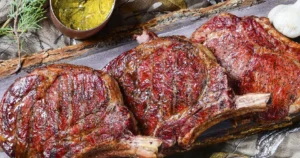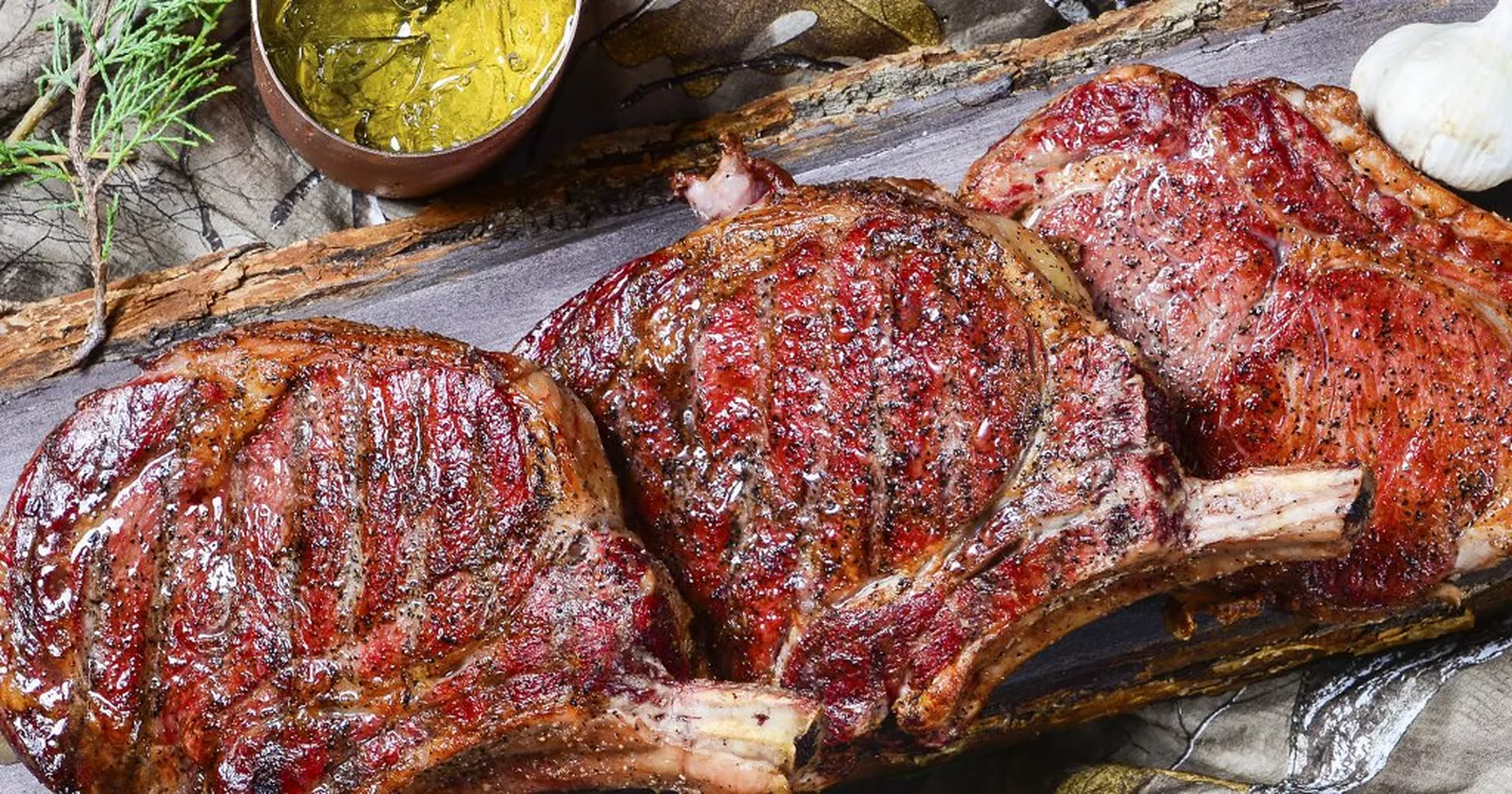As more home chefs learn about the lean profile, rich taste, and culinary adaptability of bison meat, its popularity has been growing across the United States. Although bison and beef are somewhat comparable, bison have certain characteristics of their own that need consideration. It will turn out soft, juicy, and tasty if you cook it correctly. Here’s all you need to know about making this wholesome protein at home, whether you’re grilling, braising, or trying out ground bison recipes.
Why Opt For Bison?
One of the leanest red meats on the market, bison has fewer calories and less fat than beef. It has less fat, but it still has a lot of protein, iron, and other vital elements. Bison is a fantastic substitute for meat that doesn’t compromise flavor for chefs who are health-conscious. It is popular among those who want something new but familiar because of its taste, which is often characterized as being a little sweeter and more powerful than beef.
Bison cooks more quickly than beef because it is inherently lean. Understanding the fundamentals of cooking and preparation is thus crucial since overcooking might result in tough meat.
Successful Cooking Advice
1. Be Aware of the Heat
Because bison has less fat than beef, it cooks more quickly. For steaks or burgers in particular, use medium heat instead of high heat. This keeps the outside from burning before the inside is cooked to your preferred level.
2. Avoid Overcooking
The most frequent error with bison is overcooking it. For steaks, aim for medium-rare to medium, which translates to an internal temperature of around 130 to 140°F. To guarantee safety and preserve juiciness, boil ground bison until it reaches 160°F.
3. When necessary, add moisture
Since bison is lean, a little amount of fat may enhance its taste and softness. For instance, to assist in preserving moisture, add shredded veggies, olive oil, or even a little amount of cheese to ground bison recipes like meatloaf or burgers.
4. Take a Break Before Serving
After cooking, bison should be let to rest so that the liquids may redistribute, just as with any other meat. Before slicing, let steaks or roasts rest for five to ten minutes after gently covering them with foil.
Using Ground Bison In Daily Cooking
Ground bison is one of the easiest and most versatile methods to include bison in your recipes. It has a leaner, somewhat sweeter flavor, and may be used in almost any dish in lieu of ground beef. Here are some of the most popular ground bison recipes:
- Bison Burgers: Burgers made from bison are tastier, juicier, and healthier than beef burgers.
- Bison Chili: A filling meal that capitalizes on the strong flavor of bison is bison chili.
- Stuffed Peppers: Rice, spices, and tomato sauce are combined with ground bison to make stuffed peppers.
- Bison Meatballs: Bison meatballs are great as an appetizer with dipping sauces or as a side dish with spaghetti.
Steer clear of overmixing while preparing ground bison, since this might result in thick meat. For optimal results, handle it carefully and cook it just till done.
Seasoning And Pairing
With few spices, the inherent taste of bison is enhanced. Often, you just need a little pinch of salt, black pepper, and garlic powder. Bison also tastes great with fresh herbs like parsley, thyme, or rosemary.
When it comes to pairings, bison pairs well with healthful grains like quinoa, mashed potatoes, or roasted veggies. Its leanness also makes it a good match with fruit-based accompaniments or lighter sauces, such as cranberry or cherry reductions, which bring out its subtle sweetness.
Keeping And Managing
After purchasing, bison should be consumed within a few days and kept in the refrigerator. To preserve freshness, freeze it if you won’t be cooking it straight away. To avoid bacterial development, always thaw bison in the refrigerator instead of at ambient temperature while defrosting.
Conclusion
Despite being thinner than beef, bison isn’t dull at all. When prepared properly, it offers a variety of health advantages along with a robust taste and a soft texture. This protein is worthy of a place in your weekly meal rotation, whether it is in the form of tender steaks or filling ground bison recipes.
Bison is a tasty and healthy alternative for home chefs who want to learn new techniques. Once you understand the fundamentals, there are many ways to savor this exceptional meat, whether it’s for a major occasion feast or a laid-back family supper.









